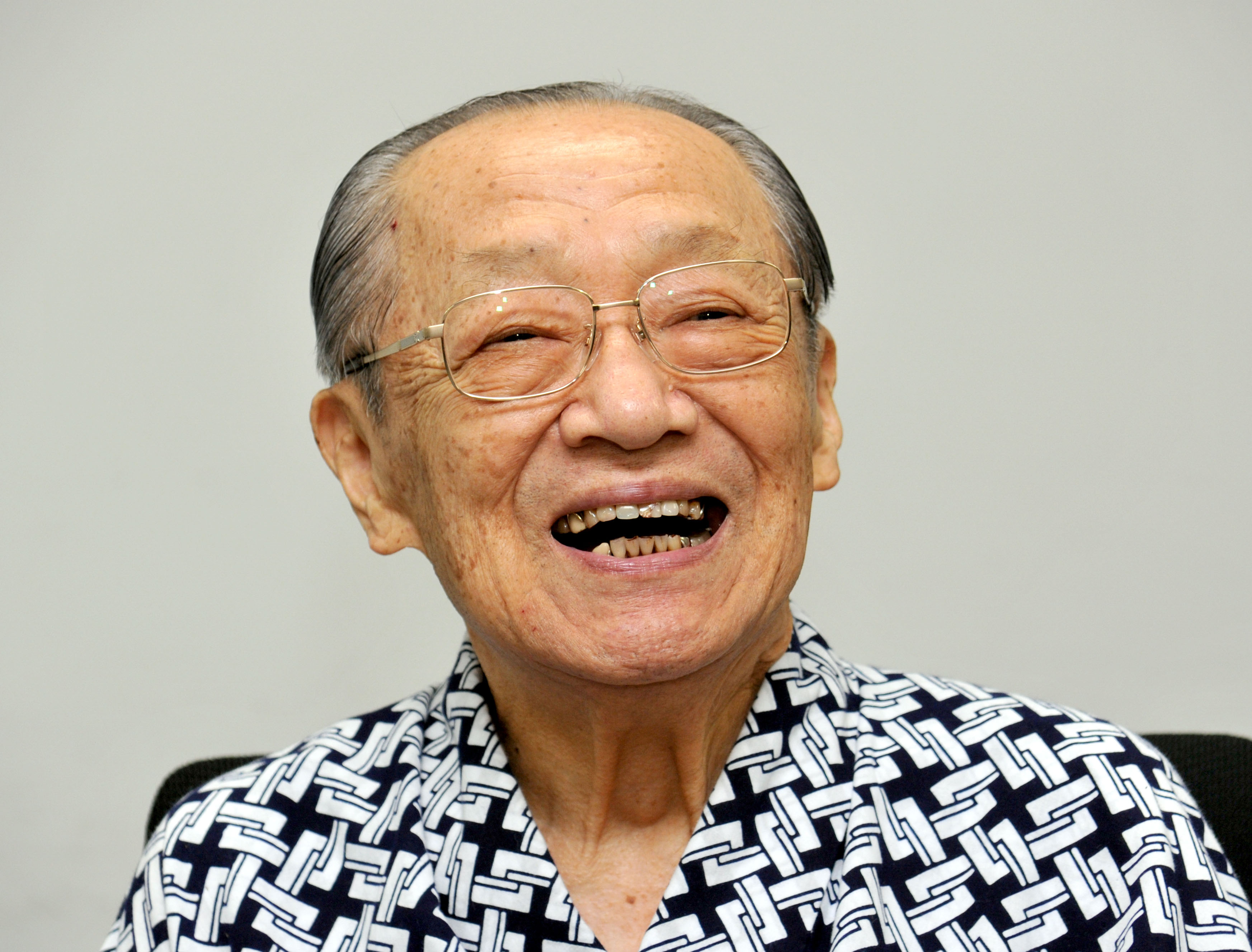During the early part of the Edo Period, when Japan was ruled by Tokugawa shoguns from 1603-1867, Osaka — the main city in the Kansai region of western Honshu — thrived as the country's cultural and economic center. It was during those heady days around 400 years ago that a kind of puppetry called ningyō jōruri was born — a performance art, now commonly known as bunraku, that was designated by UNESCO in 2003 as a Masterpiece of the Oral and Intangible Heritage of Humanity.
In bunraku, a single puppet is operated by three puppeteers, whose teamwork results in surprisingly realistic movements on the proscenium-arched stage. However, bunraku isn't just about the puppets, as beside the stage is a yuka, a round platform from where a seated tayū (storyteller) narrates the story and dialogue and a shamisen-hiki (shamisen player) sits and plays his instrument, not to create tunes but to provide aural accents for the scenes. Together, the puppeteers, the tayū and the shamisen-hiki are the gigeiin.
"If bunraku was baseball, the tayū would be the pitcher, the shamisen-hiki the catcher and the puppeteers the fielders. If the pitcher loses his rhythm, the catcher has a hard time leading and the fielders have a hard time protecting the field. That's why the tayū has to be really solid" — a simile supplied not by a sports fan, but by the oldest living tayū, designated living national treasure Takemoto Sumitayu VII, 89, who is still hard at work despite suffering a stroke in July 2012.



